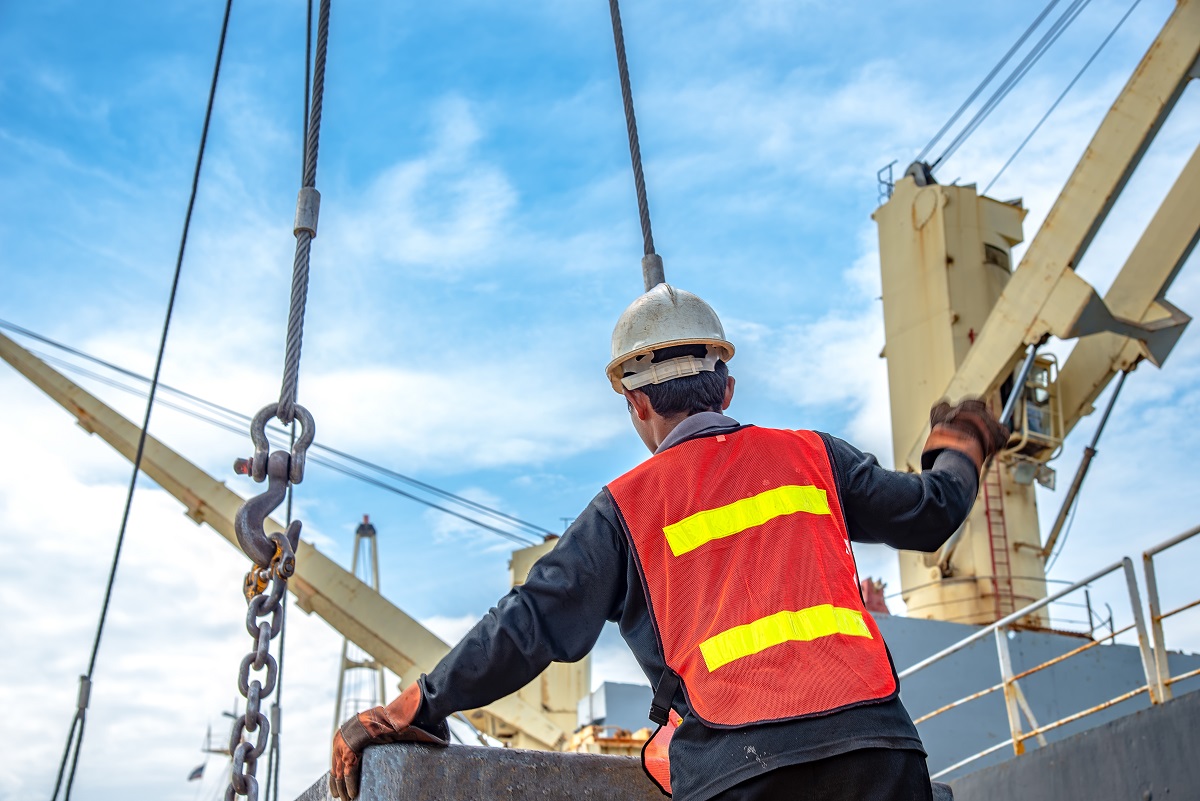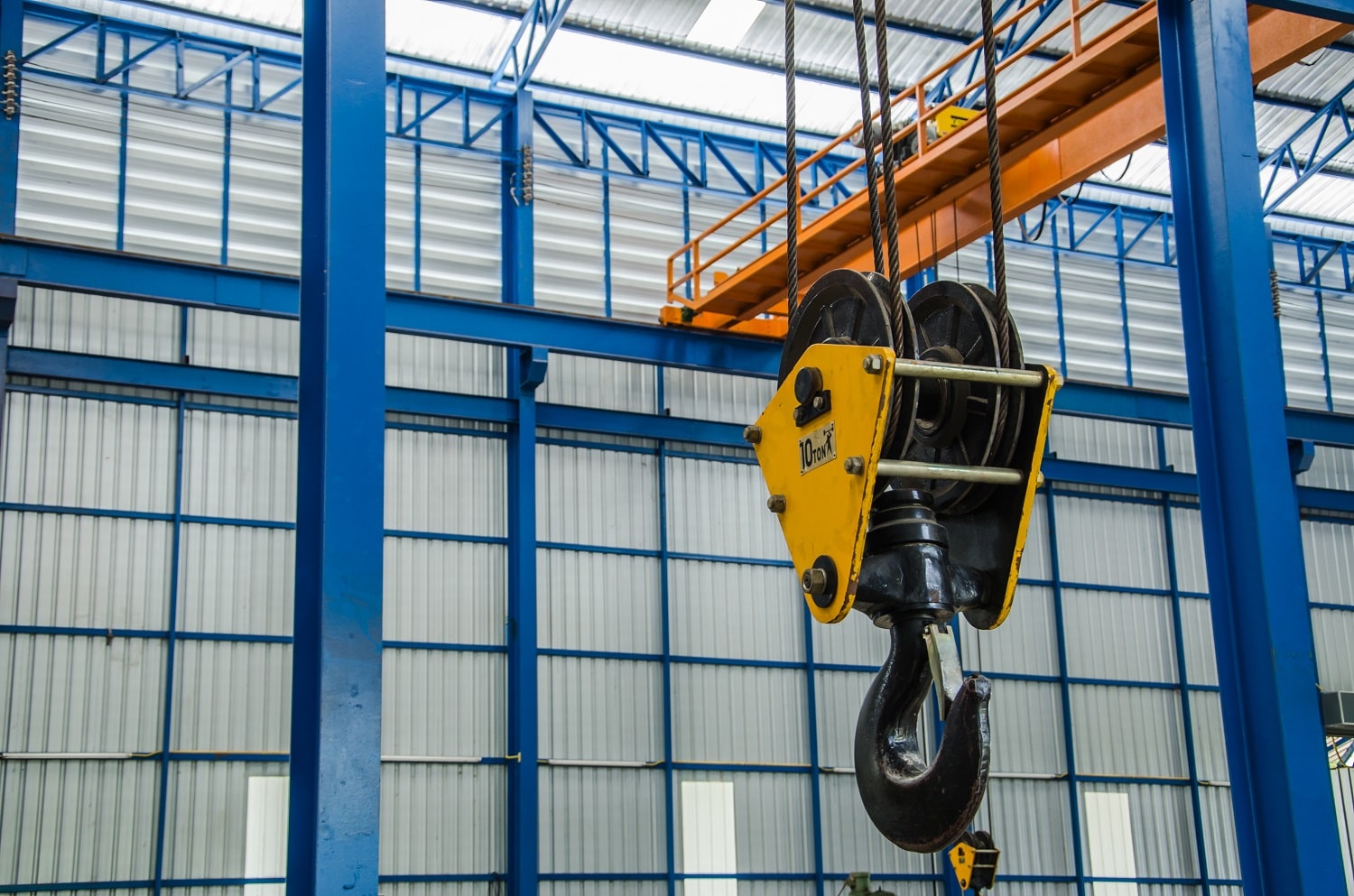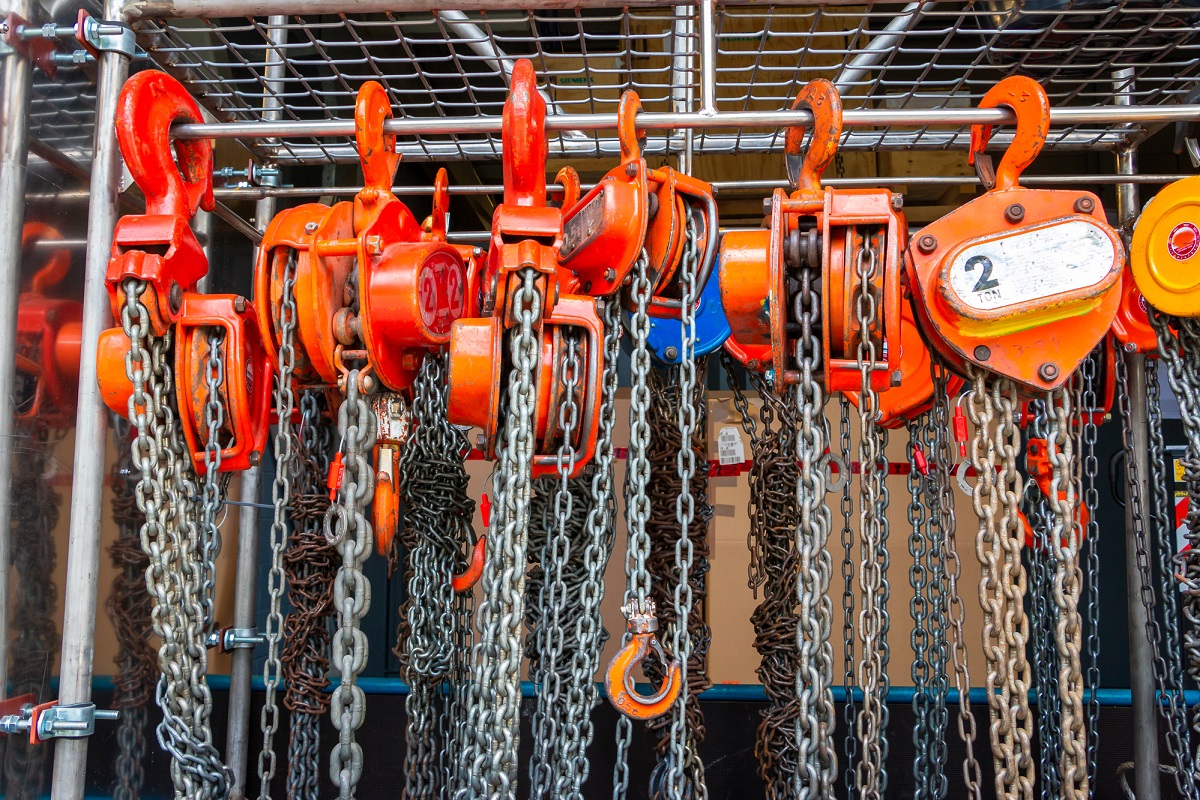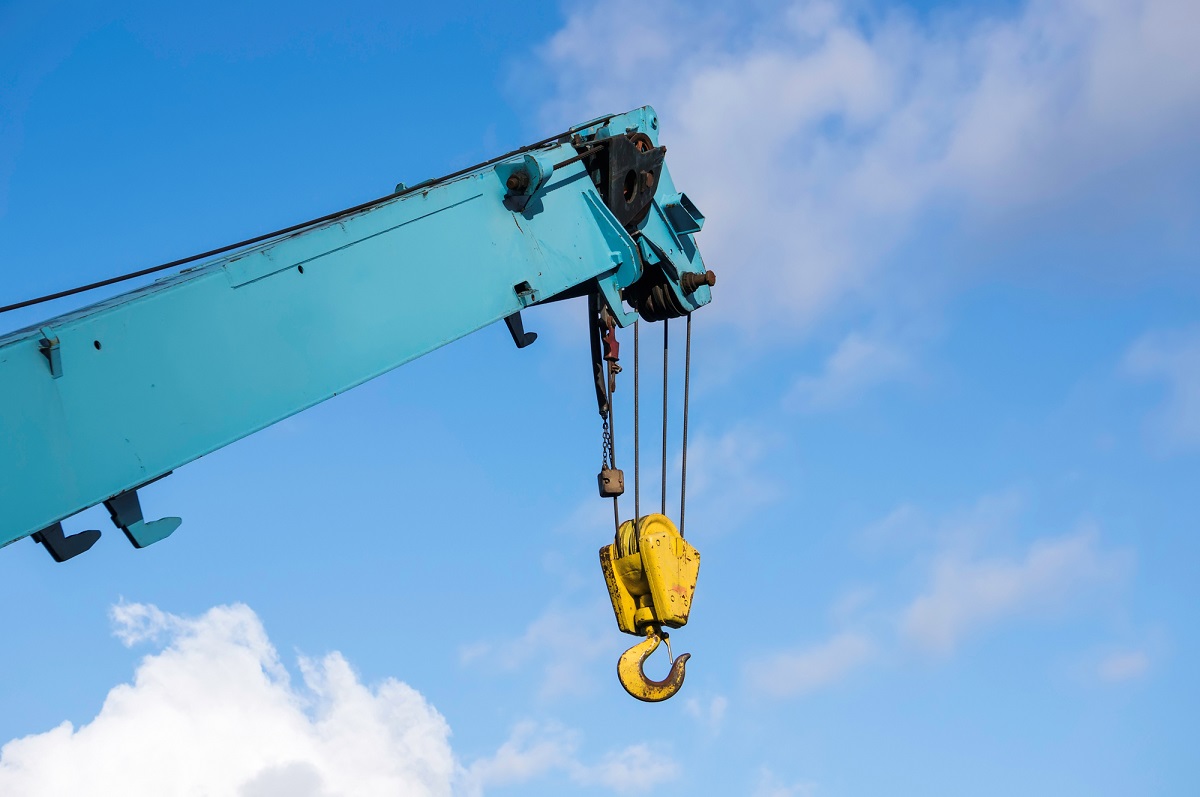Understanding the Difference Between Lifting and Rigging
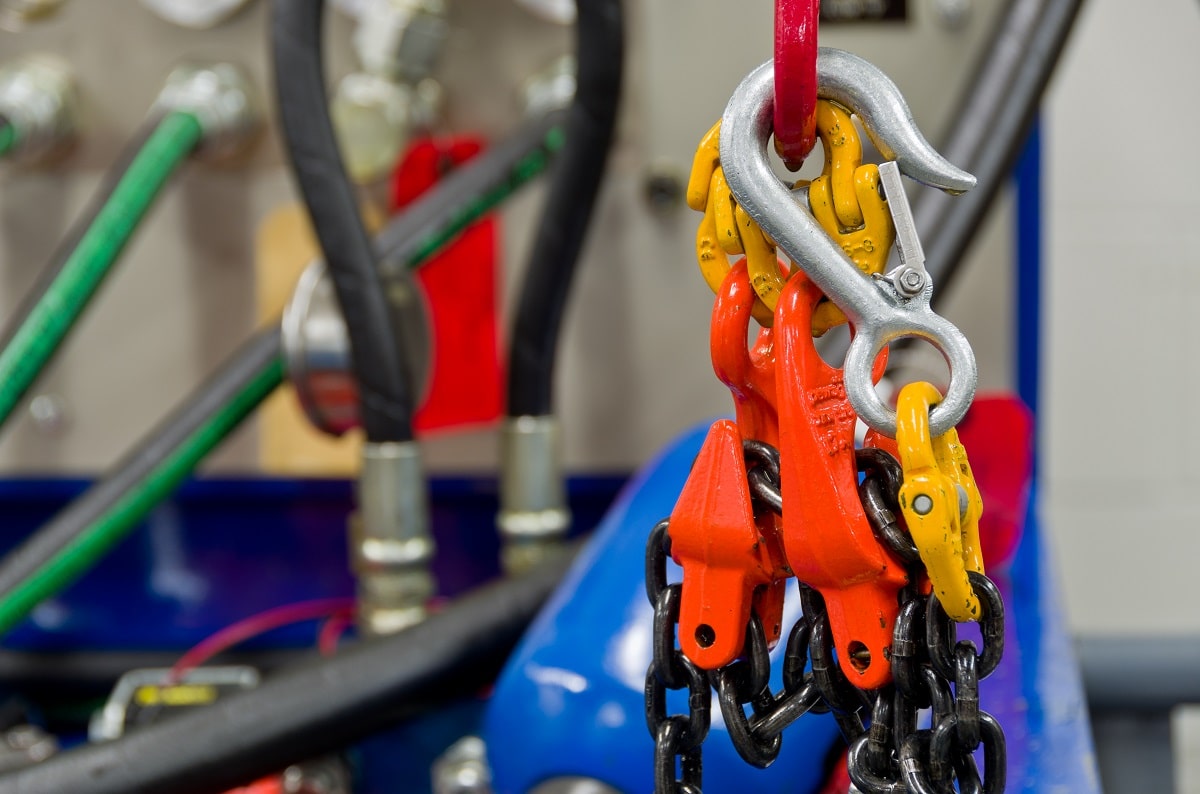
The material handling and heavy equipment industry is complex, with numerous specialized terms, techniques, and equipment. Among these, “lifting” and “rigging” are two fundamental concepts that form the backbone of safe and efficient material handling operations. While these terms may seem interchangeable at first glance, crucial differences between them are essential to understand for anyone involved in the industry. In this article, we’ll delve into the distinctions between lifting and rigging and explore the importance of each in various applications.
Lifting: Elevating Objects
Lifting is the act of raising or elevating objects from one position to another using various mechanical or manual methods. It is a crucial component of material handling operations in industries such as construction, manufacturing, shipping, and more. Lifting involves the use of equipment like cranes, hoists, forklifts, and jacks to elevate heavy loads safely.
Key Points to Understand About Lifting:
Equipment: Lifting equipment is designed for the sole purpose of raising and lowering loads. Cranes, for example, come in various types, including tower cranes, mobile cranes, and overhead cranes, each tailored to specific lifting requirements.
Load Capacity: Lifting equipment is rated for specific load capacities, ensuring that they can handle the weight of the load without compromising safety.
Operator Training: Lifting operations require trained personnel who understand load capacity, balance, and the safe use of equipment to prevent accidents.
Safety Measures: Safety measures, such as load testing, regular equipment maintenance, and adherence to safety guidelines, are paramount in lifting operations to protect both workers and the load being lifted.
Rigging: Securing and Attaching Loads
Rigging, on the other hand, refers to the process of preparing and securing a load for lifting. It involves selecting and attaching appropriate slings, shackles, hooks, and other hardware to the load to ensure it can be safely lifted and moved without causing damage or injury. Rigging is a critical skill that complements lifting operations.
Key Points to Understand About Rigging:
Rigging Hardware: Rigging equipment includes a variety of hardware, such as wire ropes, chains, synthetic slings, and shackles, that are used to create a secure connection between the load and the lifting equipment.
Load Distribution: Proper rigging techniques distribute the load’s weight evenly to prevent damage and ensure stability during the lifting process.
Rigging Plans: Complex lifting operations often require detailed rigging plans that outline the placement of hardware, angles, and attachment points to ensure a safe and efficient lift.
Inspection and Maintenance: Regular inspection and maintenance of rigging equipment are essential to detect wear and tear that could compromise the safety of the lifting operation.
The Synergy Between Lifting and Rigging:
While lifting and rigging are distinct processes, they are interdependent and must work seamlessly together for a successful material handling operation. Lifting equipment relies on properly rigged loads to operate safely and efficiently, and rigging requires knowledge of the intended lifting equipment and its capabilities.
Applications and Industries:
Lifting and rigging are pervasive across various industries and applications:
Construction: Lifting heavy steel beams, concrete blocks, and machinery during construction projects requires a combination of lifting and rigging expertise.
Manufacturing: Material handling within manufacturing facilities often involves lifting and rigging for loading and unloading raw materials and finished products.
Shipping and Ports: Cargo ships and port operations depend on both lifting and rigging for loading and unloading containers and heavy machinery.
Oil and Gas: Rigging is crucial in offshore oil and gas operations, where heavy equipment and materials must be safely transported to remote locations.
Lifting and rigging are indispensable components of material handling, each with its own set of principles, equipment, and safety protocols. Understanding the distinction between lifting and rigging is essential for the safety of personnel and the protection of valuable assets. Successful material handling operations rely on the collaboration of skilled professionals who can execute both processes seamlessly, ensuring that loads are lifted and moved efficiently and safely to their intended destinations. Whether you are a construction worker, a manufacturing professional, or involved in any industry that deals with heavy loads, knowing the difference between lifting and rigging is a fundamental step toward safe and effective material handling operations.

